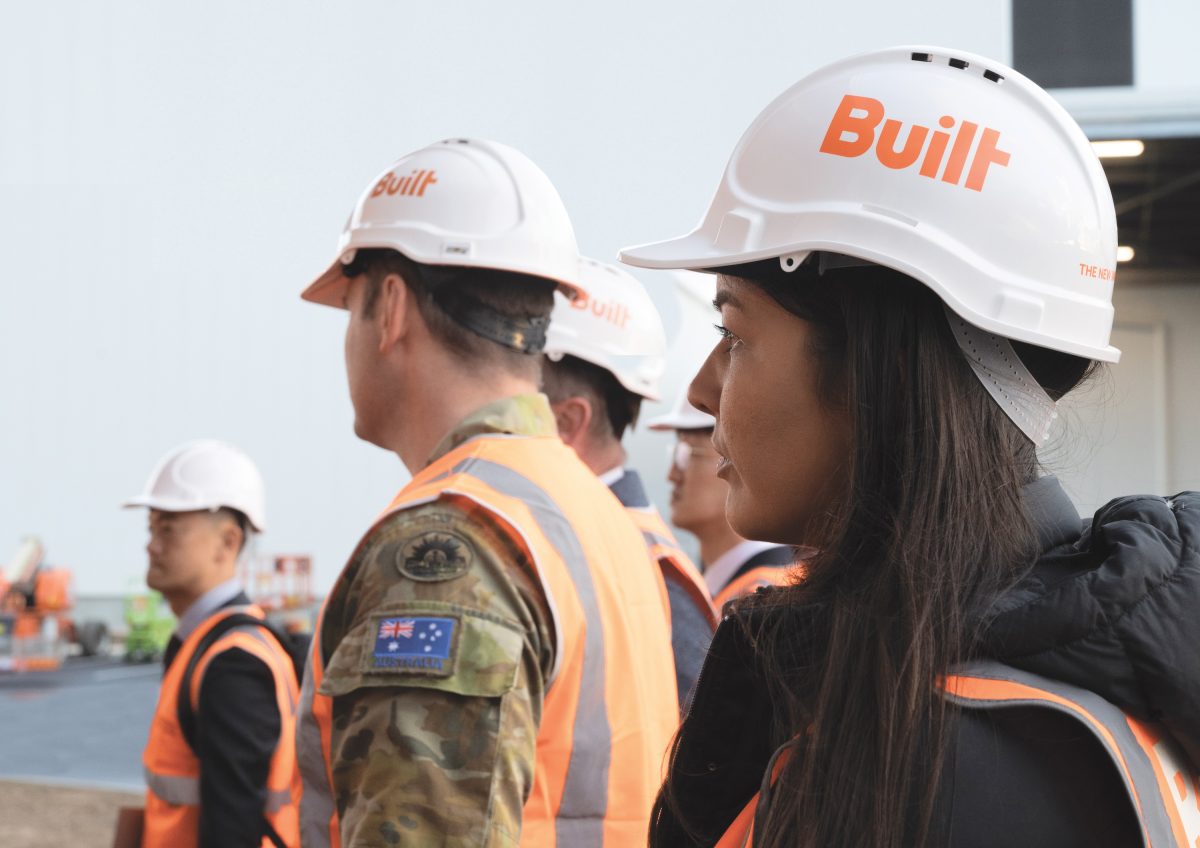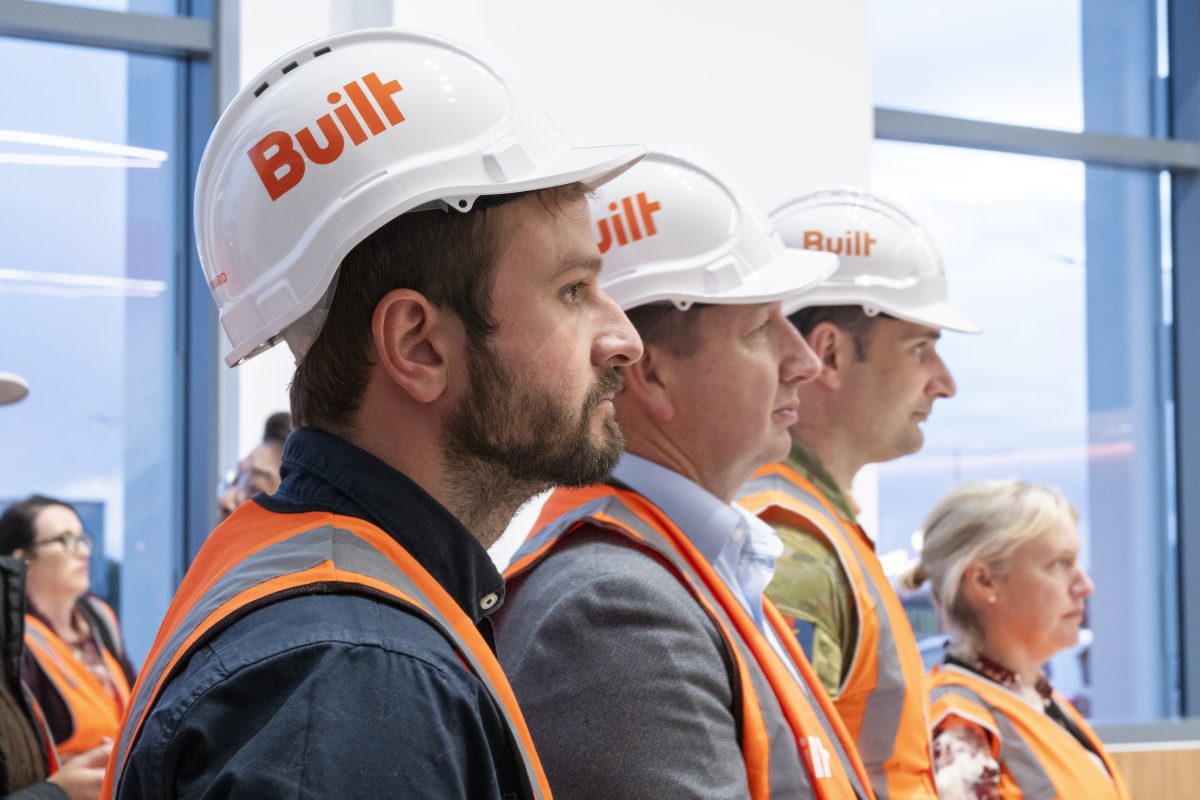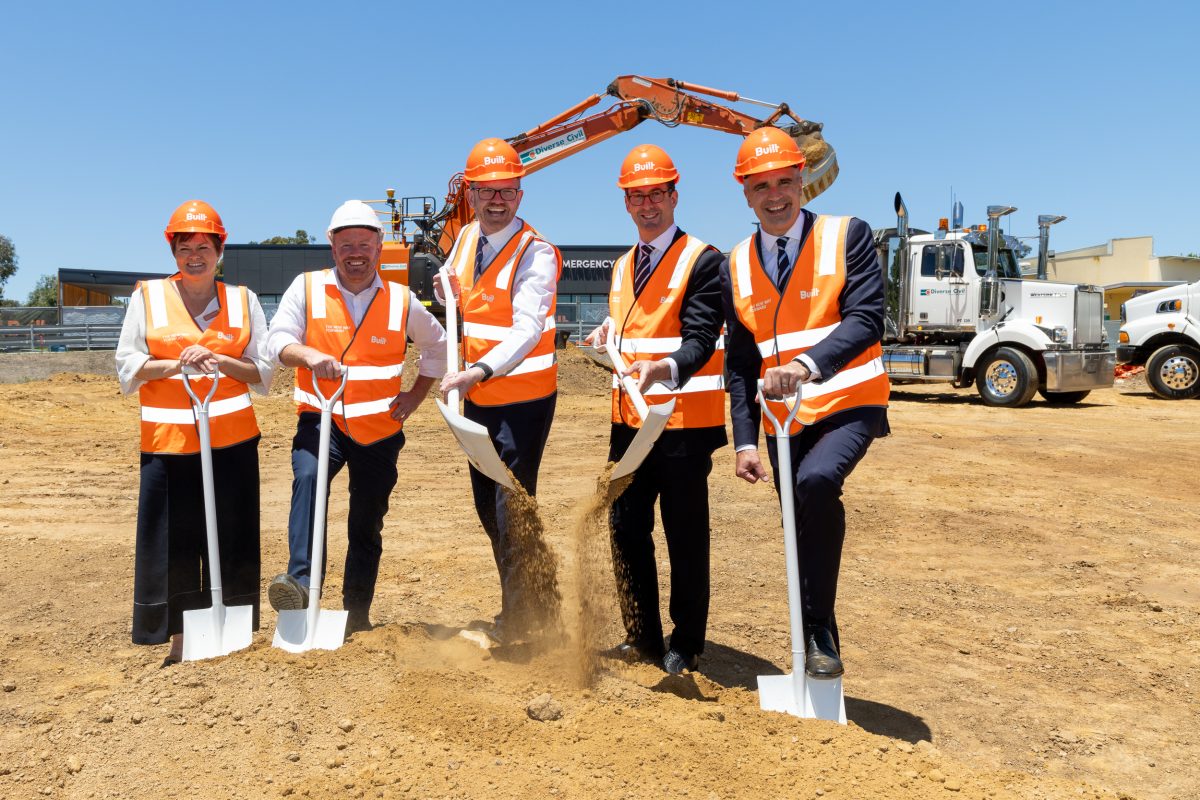Technology is a game-changer for Defence infrastructure

Just as technology has transformed Australia’s defence capabilities from rifles to advanced fighter jets, it has also driven massive change in the construction industry.
The days of labour-intensive, linear design and construction are behind us. Now, automation, data, and digital modelling can enable huge leaps in delivery speed, design innovation, supply chain management and efficiency on site. Applied well, technology de-risks construction and enhances cost and schedule reliability.
This is good news for Defence. With $14bn-$18bn of infrastructure to be delivered for Australian bases over the next decade, Defence and industry will need to move fast, embrace innovation, and harness the very best of our sovereign construction capabilities. In doing this, we must collaborate strongly and early, get projects developed and approved quickly, optimise designs for Minimum Viable Capability (and no more), and then get the projects built on time, to standard, within budget, and with positive impacts on regions, workforce, and the environment.
This will happen in an increasingly complex infrastructure delivery environment. Across all sectors, we continue to see residual effects from Covid-19 and geopolitical tensions that disrupt supply chains. For example, Australia largely sources building façades from China, so we need to look to other regions to diversify and design creatively to uphold our sovereignty. The shortage of skilled workers across our industry also poses a significant challenge, exacerbated by a predicted surge in other infrastructure demands in the remote and more costly north of Australia.
But Henry Ford once said, “Obstacles are those frightful things you see when you take your eyes off your goal.”
At Built, the digital model sits at the heart of everything we do. By creating virtual replicas of our project, we can problem-solve first and control the supply chain before we get to site. On one of our large-scale construction projects in Sydney, we moved confidently into the main works with a detailed understanding of the asset performance and a digital model that could provide accurate shop drawings, down to every nut and bolt. This allowed us to lock in materials and prices before inflation soared due to Covid-19, accelerating procurement, at a time when other projects were experiencing horrific cost and schedule escalation. For Defence, digital twins can also be used to model design options and their impact on important considerations like ADF capability and ongoing maintenance. All of this can be done securely for Defence, with sovereign data maintained onshore.


Across all our projects, we’re seeing huge benefits from cloud-based construction management and materials tracking software that share information and provide end-to-end supply chain visibility. By providing the ability to instantly track interactions and manage operations in a centralised database, we can reduce supply chain vulnerability and enhance collaboration across the large multi-organisational teams that are essential for today’s projects. This enhances productivity and cost efficiency, and even more importantly underpins the creation of a strong project culture. Given Defence’s emphasis on infrastructure in Northern Australia, such tools will be valuable for delivery assurance at the end of long and unforgiving supply chains.
Real-time data analytics and advanced digital tools allow our teams to proactively identify potential issues remotely and effectively mitigate risks, thereby decreasing project delays and cost overruns. Furthermore, by harnessing the capability of augmented reality and remote assistance technologies, we can efficiently apply our available workforce across multiple projects and minimise the need for expert presence on remote sites. This will really matter for Defence projects that are commonly far from major population centres and becoming even more so.
But current procurement systems and well-intentioned probity measures can limit achievement of construction technology’s full potential for Defence. We therefore invite Defence to look hard at industry’s best practices and then lean well forward into the possibilities available. Recent moves towards more information sharing and contractual models that include Early Contractor Involvement are encouraging in this regard. The task ahead is not easy, but we know that to secure Australia we must harness the very best of our nation’s innovative spirit. At Built we think that “the best way to create the future we want is to build it digitally first”.
Rupe Hoskin AM is a Strategic Defence Adviser for Built and co-founder of strategy and leadership consultancy Balance Partners.
This opinion editorial was first published in TheAustralian on Wednesday 24 July and has been republished with permission.



